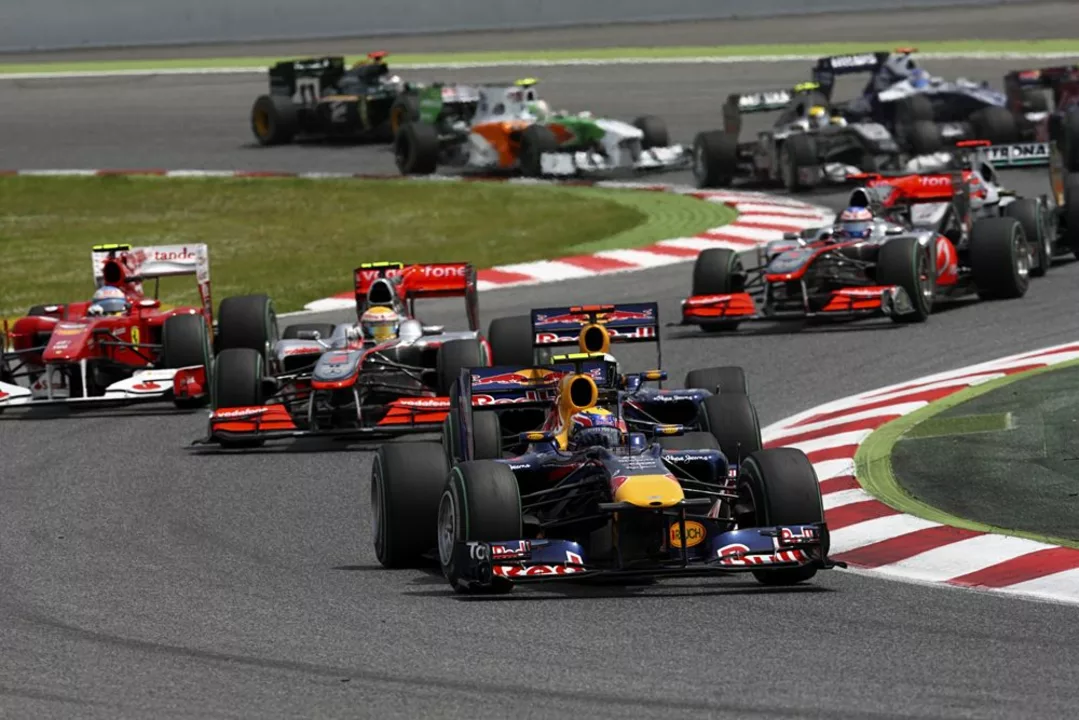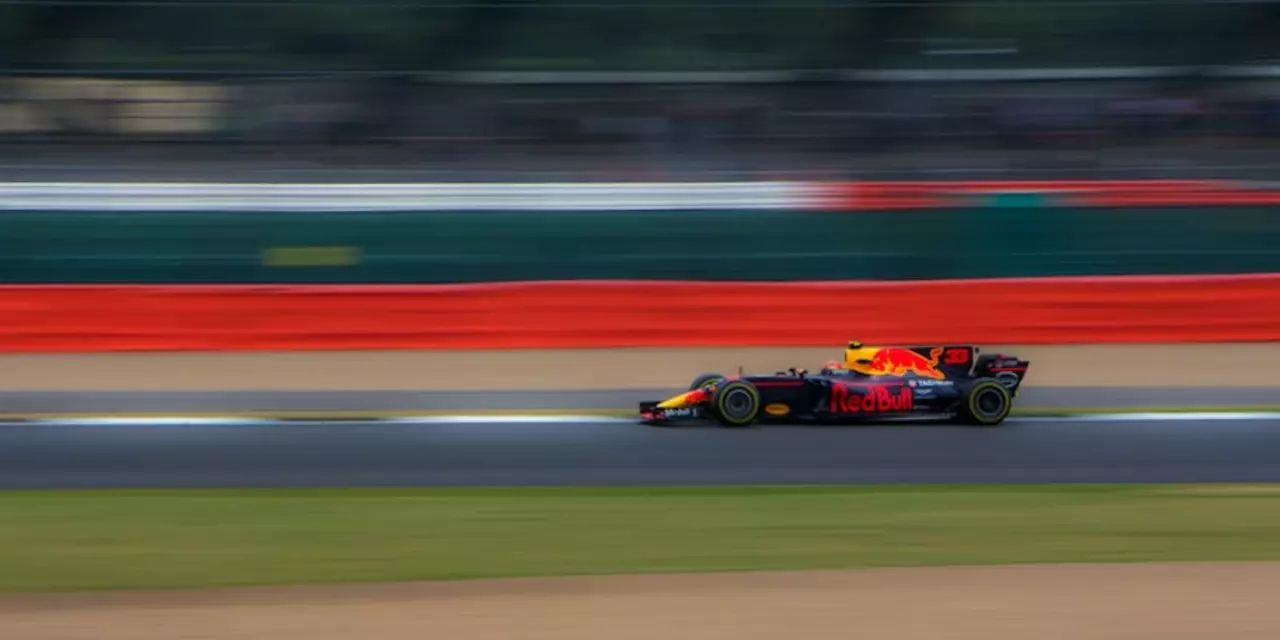Motorsport – Your Quick Guide to the Fast Lane
Motorsport isn’t just one sport; it’s a whole universe of speed, skill, and strategy. From Formula 1’s cutting‑edge hybrids to the roar of superbikes, the tag brings together everything that makes engines scream and fans cheer.
Why motorsport matters
First off, motorsport drives technology forward. The hybrid power units in F1, for example, push engineers to squeeze more performance out of less fuel – a trick that later ends up in road cars. At the same time, the sport’s carbon footprint can’t be ignored. Racing cars pump out CO₂, and the global logistics of teams add up. That’s why electric series like Formula E are gaining traction, showing that speed and sustainability can coexist.
Fans also love the drama of iconic events. Think of the 24‑Hour of Le Mans, the Nürburgring 24 Hours, or the high‑octane thrills of the Austin Grand Prix. These races aren’t just about who crosses the line first; they’re festivals of engineering, endurance, and fan culture.
Getting started in motorsport
If you’ve ever wondered how to join a racing team, the answer starts with experience. Many drivers begin in karting or local club races, learning the basics of control and racecraft. From there, attending a racing school, earning a competition license, and networking with clubs can open doors. The same path works for car and bike racing – just swap the kart for a junior formula car or a track‑ready motorcycle.
Motorbike racers, for instance, master a technique called counter‑steering to lean the bike at extreme angles without falling. Knowing how to shift body weight, choose the right tyre grip, and trust the physics of the bike lets them hug corners like pros.
Interest isn’t limited to the track. Some hobbyists love to watch and discuss. Posts about why F1 outshines NASCAR or IndyCar highlight how aerodynamics, hybrid tech, and global venues give F1 an edge. Others explore why motorsport hasn’t taken off in places like India – a mix of infrastructure gaps, cost barriers, and limited media exposure.
Whatever your angle, the motorsport tag offers everything from race previews – like the Bangladesh‑Pakistan face‑off in the Asia Cup Super Four – to deep dives on climate impact, team dynamics, and the biggest super‑car challenges. It’s a one‑stop shop for anyone who lives for speed and wants to stay in the know.
So whether you’re looking to jump behind the wheel, understand the tech, or just keep up with the latest race news, you’ve landed in the right place. Buckle up and enjoy the ride!

